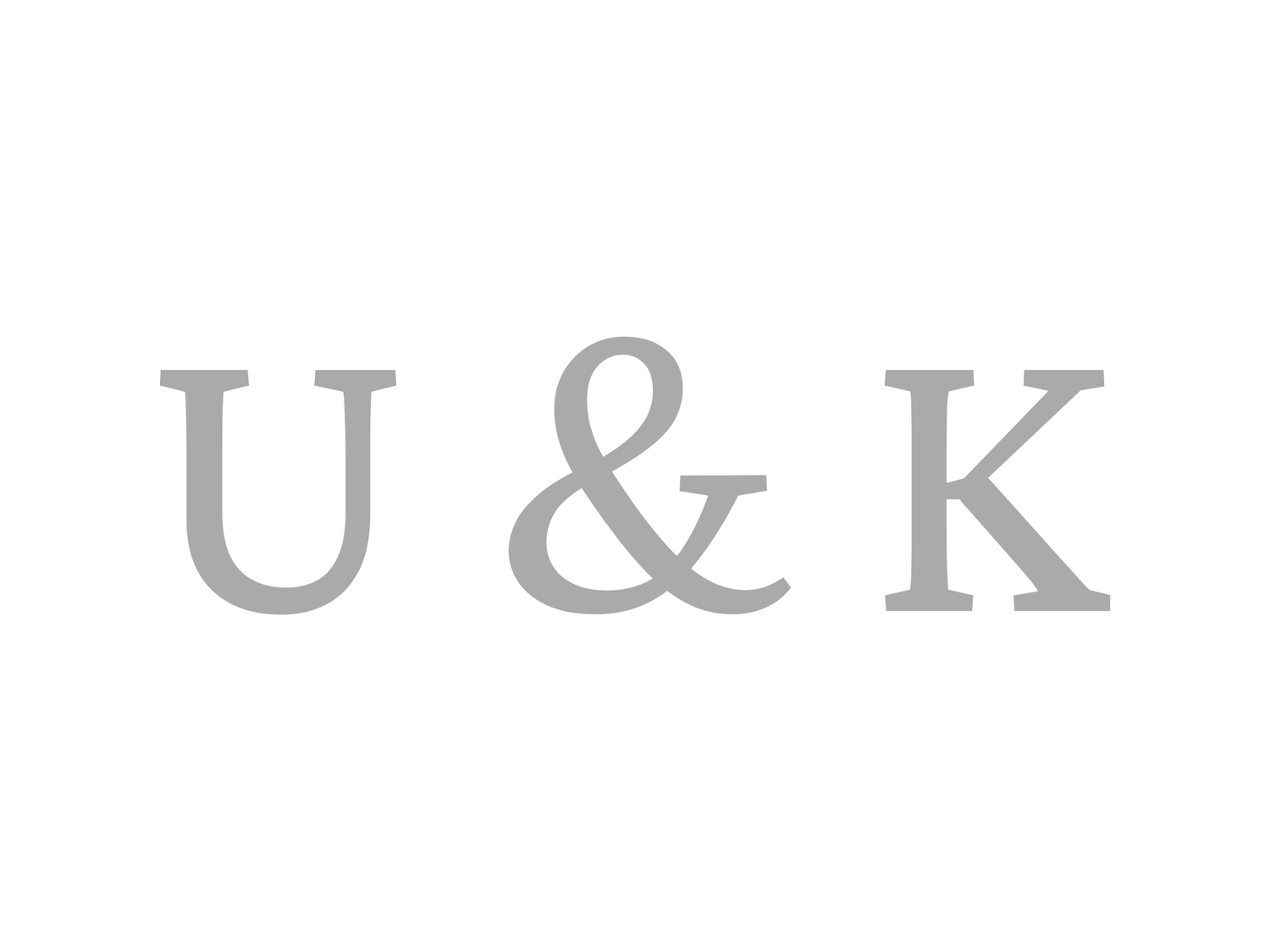The Quality of Haircuts: What It Means
The quality of a haircut goes beyond simple technique; it is a blend of art, customer satisfaction, and attention to detail. This subjective standard is primarily defined by the customer’s satisfaction, which makes measuring the quality of a haircut both nuanced and essential for hairstylists. Here, we’ll explore the factors that define a quality haircut and how hair salons can consistently achieve high standards.
Understanding Customer Satisfaction as the Key Indicator
Customer satisfaction is the core measurement of a haircut’s quality. A haircut is considered "good" when clients feel confident, satisfied, and happy with the results. This subjective measure highlights the importance of hairstylists tuning into clients' preferences and expectations. A client leaving the salon with an uplifted sense of self and boosted self-confidence is the true mark of success in hairstyling.
Skills and Technique: Essential, But Not Absolute
While skills and technique are crucial in hairstyling, they alone do not define the quality of a haircut. A skilled stylist might have excellent technical abilities, but if the results don’t align with the client’s expectations, the haircut may still be seen as lacking. Therefore, understanding client desires and customizing each haircut to meet their individual needs is as vital as the skills used to deliver the style.
Key Factors for High-Quality Haircuts in Hair Salons
Effective Communication
Clear and open communication with clients is essential to meet their haircut expectations. Stylists should actively listen to clients’ style preferences, lifestyle considerations, and maintenance capabilities to craft a haircut that fits their needs.Time Management
Efficient time management is another factor influencing the quality of a haircut. Clients value timely service, and managing appointments effectively demonstrates professionalism. Hair salons with strong time management ensure that each client receives the time and attention they deserve without long waiting times.Technical Mastery and Adaptability
Mastery of techniques such as layering, texturizing, and blending plays an essential role in achieving high-quality results. Additionally, a stylist’s ability to adapt to different hair types and textures is crucial to delivering satisfaction across a diverse clientele.Attention to Detail
A high-quality haircut requires close attention to detail. From symmetry and clean lines to precise blending and finishing touches, the small details make a significant difference in a haircut's final outcome.
Why Quality in Haircuts is Subjective
Quality in haircuts is inherently subjective. While certain technical standards, such as even cuts and smooth transitions, are widely recognized, the true quality measure lies in the client’s perception. Factors such as personal style preferences, individual hair texture, and lifestyle requirements all influence how clients perceive the quality of a haircut.
The Continuous Journey to Improving Haircut Quality
Haircut quality is not a static benchmark; it’s a continuous journey toward improvement. By staying updated on current trends, adopting innovative techniques, and learning from client feedback, hairstylists and salons can consistently enhance the quality of their services.

